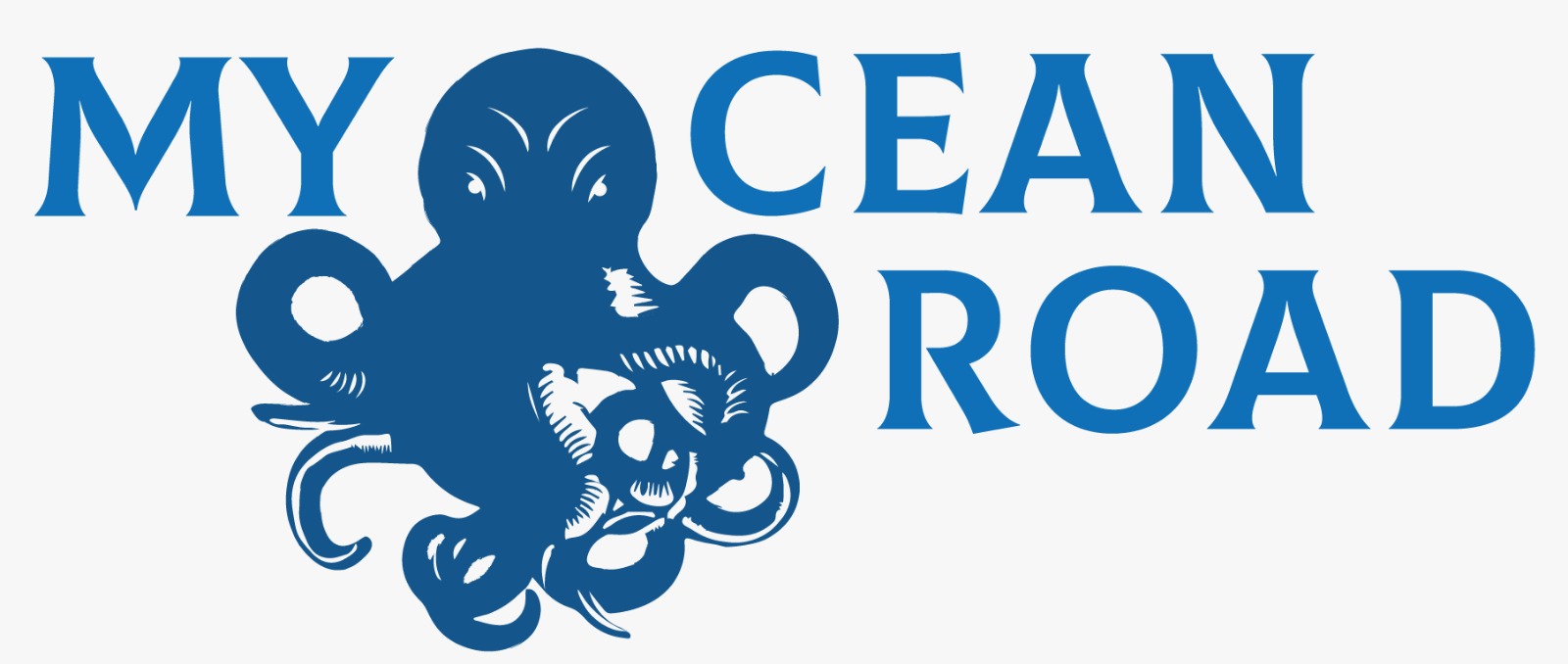How design with purpose can save the Planet
Every conscious business has a higher purpose that addresses the ultimate objective why does it exist and what difference is it making within the community. If you are in business primarily to make money then I am afraid you will not be around for long and you will not have a gratifying career. If you have a higher purpose then you can easily transmit your passion in your work, where everything will make sense and everything flows cause you know, deep inside, that you will make a difference in people’s lives. Having a higher purpose gives you a reason for being and as the great psychologist Viktor Franklin wrote, that happiness cannot be pursued; it ensues as the result of living a life of meaning and purpose.
As an advocate for clean seas, my higher purpose is that to make people aware of the importance of having a healthy ocean as it has an impact on our planet and our survival. The ocean occupies vast majority of our planet and is a major contributor of the oxygen we breath, a fundamental player of the planet’s ecosystem. Climate change, over fishing, diseases and pollution are threatening the ocean and if it maintains such course, then we are heading for catastrophic consequences that no mega bank account will ever replenish.
Plastic is one of the main pollutants found in the ocean and is killing large numbers of marine life worldwide. The majority of this plastic consist of single-use wrappers or containers used for confectionery items, food, liquids and many other disposable items that one may buy daily from food stores and malls. Such plastics end up in the ocean in various ways; illegal dumping, littering, washed by the rain, blown away by strong winds and many other ways. Irrespective of many different ways of recycling methods there are in place in various various countries, we still see the devastating tragedy happening in our oceans as millions of marine animals digest such material and choke to their death. Microfibres plastic which mostly originate from textile industry, is the deadliest of all since they are easily digested by all marine species that will lead them to a slow death. Such microfibres may also end up on our dinner table within our favourite fish dish.
From such tragedy I see a golden opportunity for designers and innovators to create and design product packaging that is ocean friendly. It is the designers’ responsibility too to create an environmental friendly culture amongst their customers. The human need to care and be cared for is an extremely powerful motivation. Care about the environment is also caring about us, our generation and above all, future generations. A conscious culture facilitates the continued growth and evolution of the individual as well as the business.
Hence if you are either a freelance designer or own a design studio, I urge you to design with a higher purpose and do the right thing for the sake of our planet and humanity. This is your time to shine and make a difference. If you are a manufacturing business owner, I recommend you make an audit of your product line and see how you can replace plastic with alternative environmentally friendly material. If you are an employee, create awareness amongst your colleagues and urge them to use less plastic, use more reusable containers, organise beach clean ups and influence business owners.
FACTS:
The ocean provides more than 50% of the oxygen we breath
80% of ocean pollution comes form land-based activities
By 2050 there will be more plastic than fish in the oceans
60% of plastic waste in the ocean comes from just 5 countries.
One million seabirds die each year due to plastic ingestion
100,000 marine mammals die each year due to plastic contamination
Studies estimate that there are 15 to 50 trillion pieces of plastic in the world’s oceans
The world generates 275 million tones of plastic waste every year
12.7 million tonnes of plastic waste is washed into the ocean every year
50% of marine debris will sink
It is estimated that plastic consumption in Asia will increase by 80 % by the year 2025
Plastic thrown in landfills contaminates soil and ground water with chemicals
40% of the world’s ocean (7 times the African continent) belongs to everyone and no one hence it is totally unregulated leading to free-for-all dumping
A Blue Whale ingests 75,000 litres of water every time it opens its mouth. Imagine how much plastic this whale may ingest!
60% of world’s population rely on fish as its main source protein
Make a difference, be the change.
